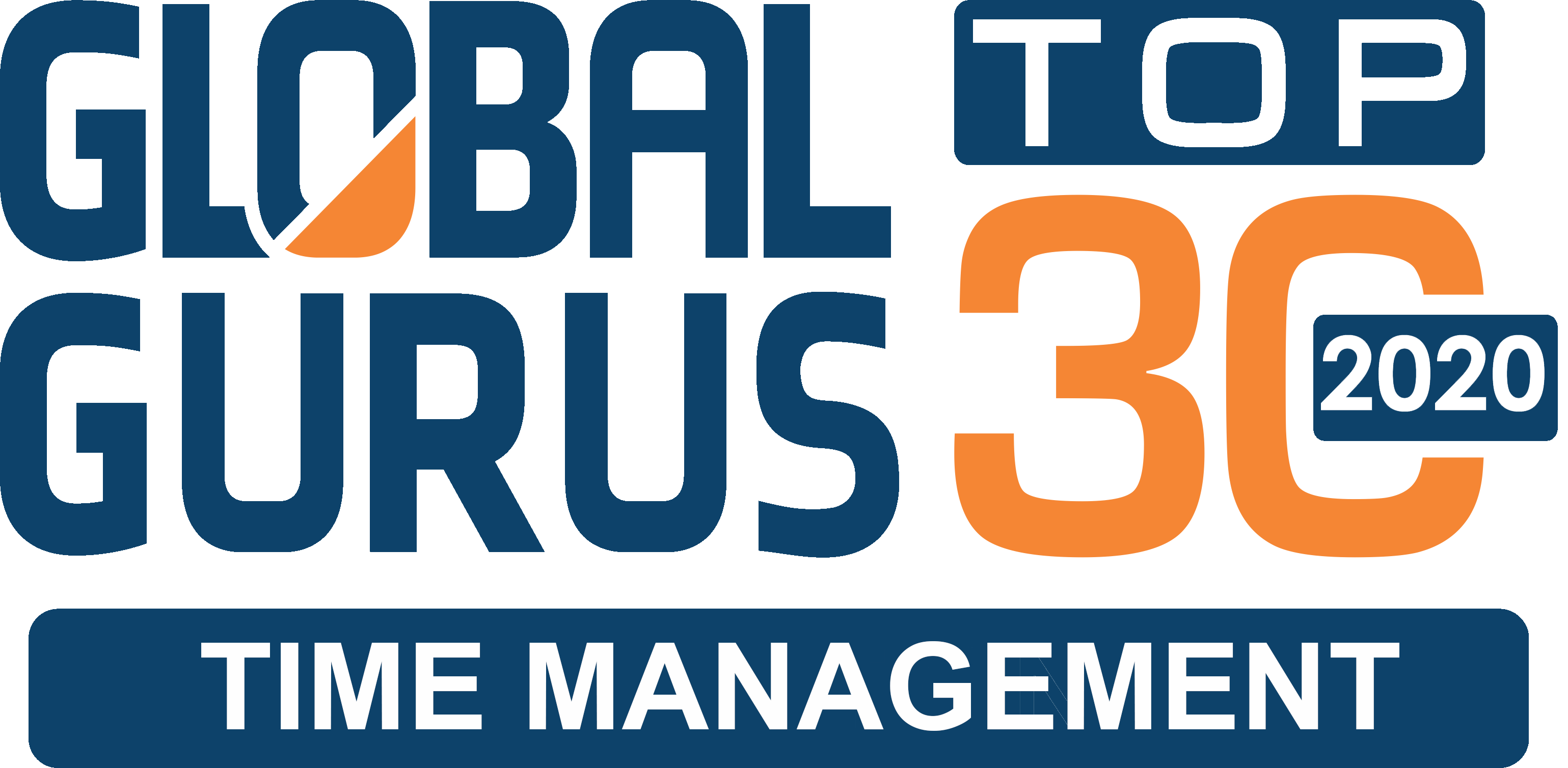“A good manager is a man who isn’t worried about his own career but rather the careers of those who work for him.” — H.S.M. Burns, former President of Shell Oil.
“One of the most important tasks of a manager is to eliminate his people’s excuses for failure.” — Robert M. Townsend, American economist.
From a productivity perspective, one can describe a workplace team using the metaphor of a precision machine. Team members are interlocking parts, which while they vary in significance, all require the others for the engine to function effectively. As in a car, alone and disengaged, the individual parts aren’t good for much.
As team leader, you play several crucial roles here:
a) MECHANIC. You keep the productivity engine in good repair and provide the lubrication it needs to purr like a kitten.
b) DRIVER. You also steer the team toward company objectives.
c) BULLDOZER. You remove obstacles, clearing and smoothing the way, so your team can more easily execute their duties.
Basically, you work for the team—they don’t work for you—even though the org chart says they do. That’s a lot of responsibility for a leader, so here are three simple suggestions on how to more easily accomplish your jobs as Mechanic, Driver, and Bulldozer.
1. Eliminate Distractions. Workers can be up to three times more productive when they work in peaceful environments. Ringing phones, people talking on speakerphone during conference calls, chattering voices, rustling papers, and all the other racket of the standard open-plan office inevitably demands some of their attention. Actually, it takes a lot of subconscious effort to tune it out! As a leader, eliminating workplace distractions represents one of your most important tasks. Even little things can help, like installing cubicle doors, using noise-canceling headsets, creating protocols and office guidelines, and banning loud hallway conversations. Allow your workers to turn off their phone ringers and cut back on email-checking when they need to focus.
2. Refuse to Micromanage. Nothing distracts a worker more than a “helicopter boss.” Hovering at someone’s elbow results in a nervous employee incapable of exercising initiative. This hinders productivity, so get out of the way. Either a particular worker knows how to do their job already or they don’t. If not, remedy the situation with the right training or coaching.
3. Equip Your Employees Properly. Ever try to tighten one of those little screws on your sunglasses with a fingernail? Believe me, it doesn’t work very well. Once I turned 40, I needed reading glasses and also quickly realized I needed one of those tiny screwdrivers included in eyeglass repair kits. Now I keep one in my briefcase. Similarly, to do their jobs properly, your team requires specialized tools. Supply those tools, whether physical or intellectual, without hesitation. Train them in all aspects of their jobs, provide the tools they need to be successful, and regularly apply new technologies designed to make the work easier and thus maximize worker productivity.
The Bigger Picture
Business literature abounds with time management advice—mostly applicable at the individual level. As a leader, you can no longer limit your perspective to “me, myself, and I.” Because you’re a manager, you’ve already mastered the basics in theory anyhow, or you wouldn’t be where you are.
So if you really want to shine as a leader, step back far enough to see the whole machine. Then look closely at the piece you control, grease the individual parts, and make the work flow as smooth as possible. Ultimately, the machine will prove so dependable, you can fade into the woodwork, focusing on the few things only you can do that profit the company most—while your team productivity machine purrs on uninterrupted.




[…] — If nothing else seems to work, examine your strategy inch-by-inch. You may discover flaws at some fundamental level, possibly because you’ve lost sight of the […]